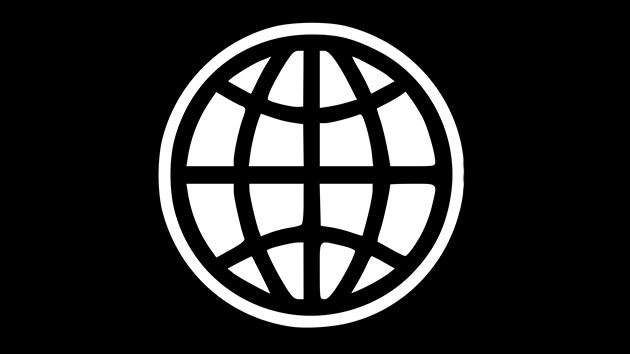
<a href="https://www.flickr.com/photos/carlitos/3392389602/in/photolist-6aLYMC-6a6hc9-6aGF5H-6aGJJr-6cRuGw-6bEv1m-5FS43a-6a25Ua-6ceUN9-6aLTeU-6amhAZ-6b3JbQ-5FS6nv-6aGHHr-5FWkjW-6a6cRG-6cMnL4-6caKS2-6b3Qbu-6bAmMr-6bAkVX-6aLZth-6a6bnm-6a6giQ-6aGEha-6a6bRN-6a6ezU-6aLQV5">¡Carlitos</a>/Flickr
Over the years, the International Finance Corporation, the investment arm of the World Bank, has sunk more than $1 billion into luxury hotels in the developing world. These projects, like all of those undertaken by the IFC, are supposed to boost “shared prosperity.” But the returns for the poor living in those countries have been largely disappointing. A 2011 report from the World Bank’s internal watchdog found that while most projects brought “satisfactory economic returns,” they did not “provide evidence of identifiable opportunities for the poor.”
The real beneficiaries of the World Bank’s investment in the private sector are the moguls who have reaped the profits, who offer nightly stays at idyllic resorts marked by extravagance—a chance to relax and overlook the clear blue water off an island in Maldives, or to stroll through manicured gardens toward a tranquil spa in the heart of Kabul.
Here’s a sampling, bankrolled in the name of raising people out of poverty.
Taj Exotica and Vivanta By Taj Coral Reef (Maldives)

IFC investment: $17 million
Room rate: $650 to $7,000
GDP (per capita): $8,483
Hyatt Regency Kiev (Ukraine)
IFC investment: $27.5 million
Room rate: $429 to $703
GDP: $3,083
Mövenpick Ambassador Hotel (Ghana)

IFC investment: $26 million
Room rate: $330 to $783
GDP: $1,443
Amansara Siem Reap (Cambodia)

IFC investment: $1.2 million
Room rate: $1,378 to $2,081
GDP: $1,090
Kabul Serena Hotel (Afghanistan)

IFC investment: $7 million
Room rate: $356+
GDP: $659
Kigali Serena Hotel and Lake Kivu Serena Hotel (Rwanda)


IFC investment: $8.1 million
Room rate: $180 to $360
GDP: $696
Coco Ocean Resort and Spa (Gambia)

IFC investment: $10.2 million
Room rate: $203 to $301
GDP: $419
Belmond Palacio Nazarenas and Las Casitas del Colca Lodge (Peru)
IFC investment: $13 million
Room rate: $645 to $1,090
GDP: $6,551













